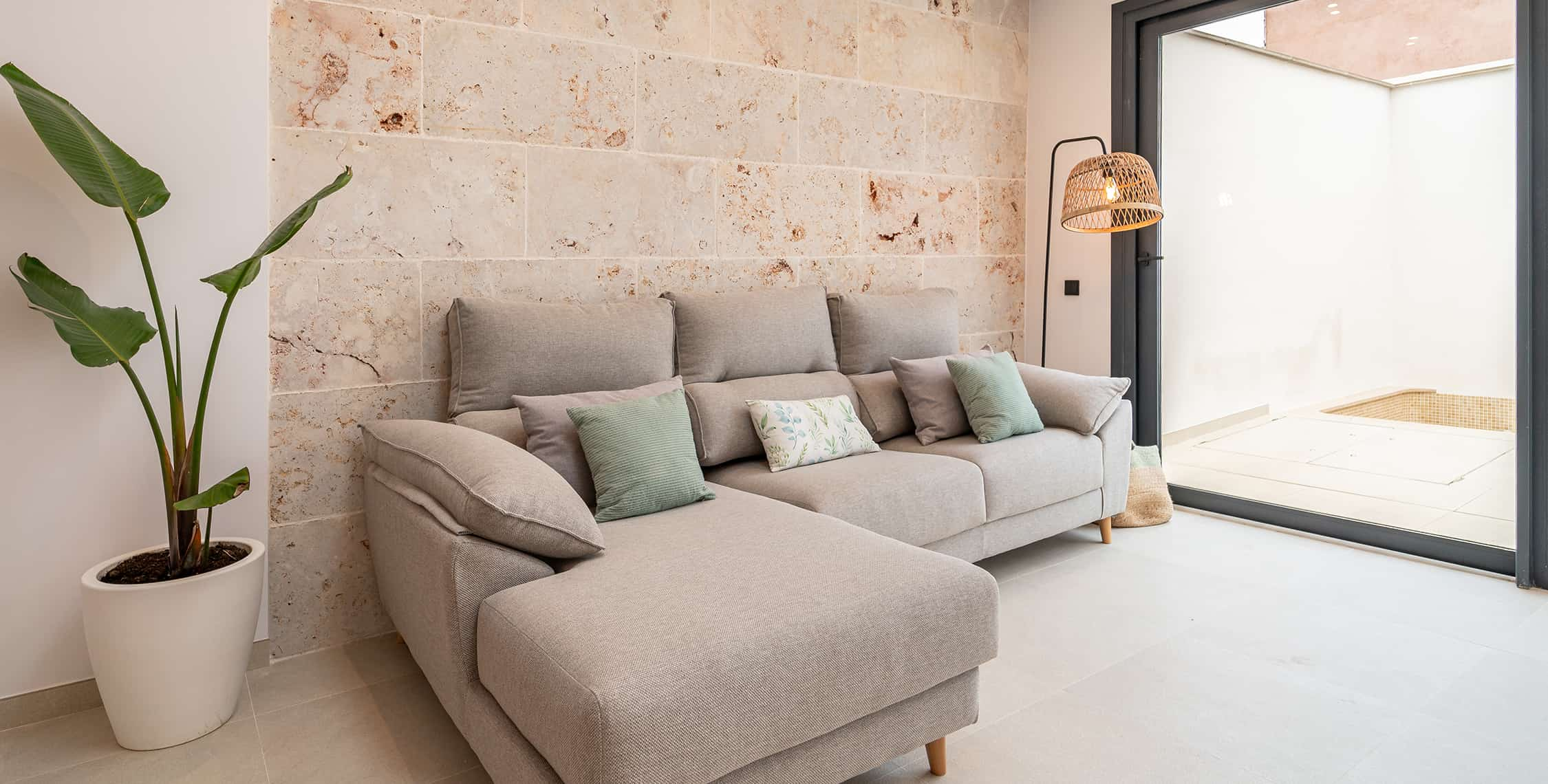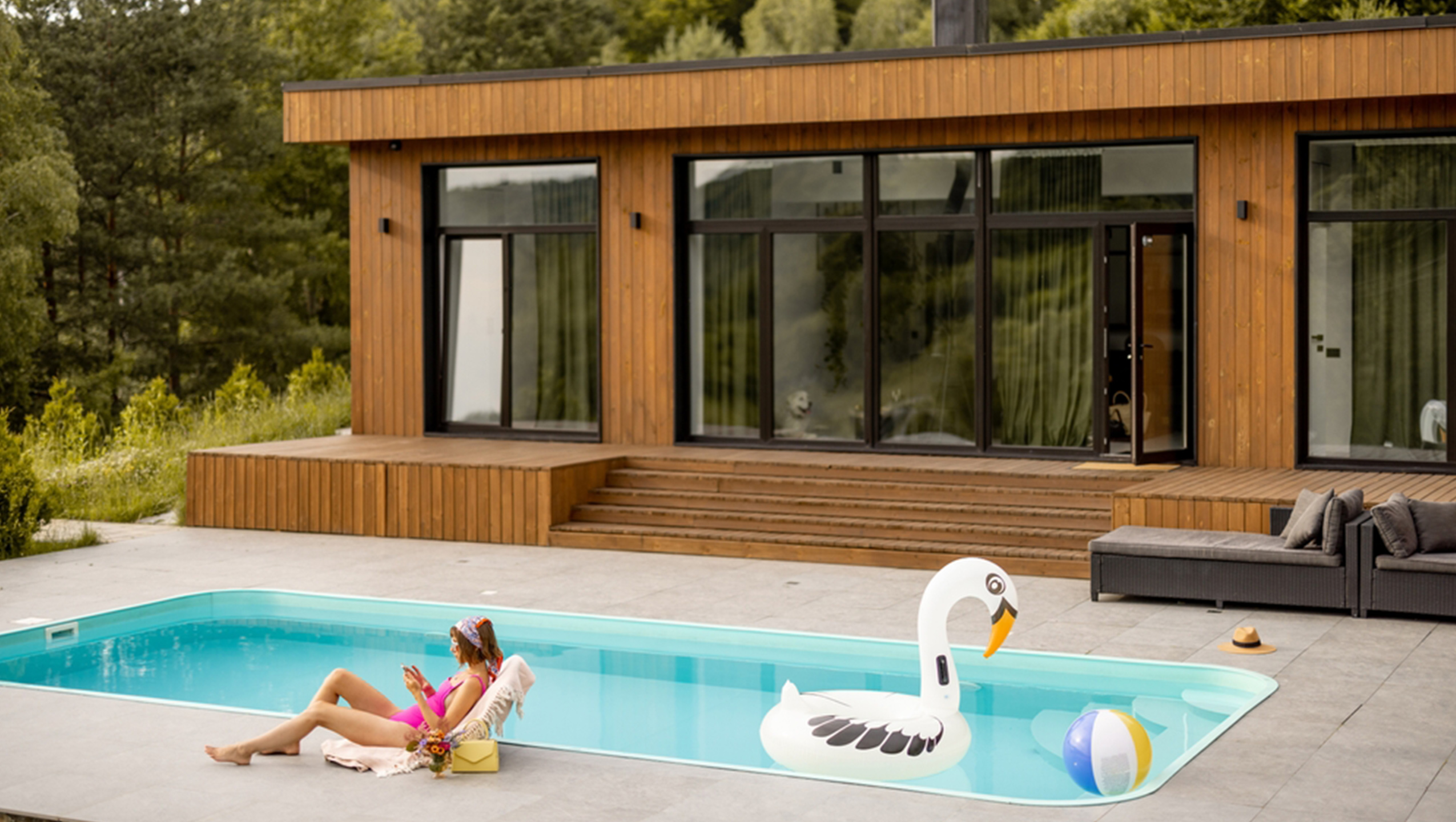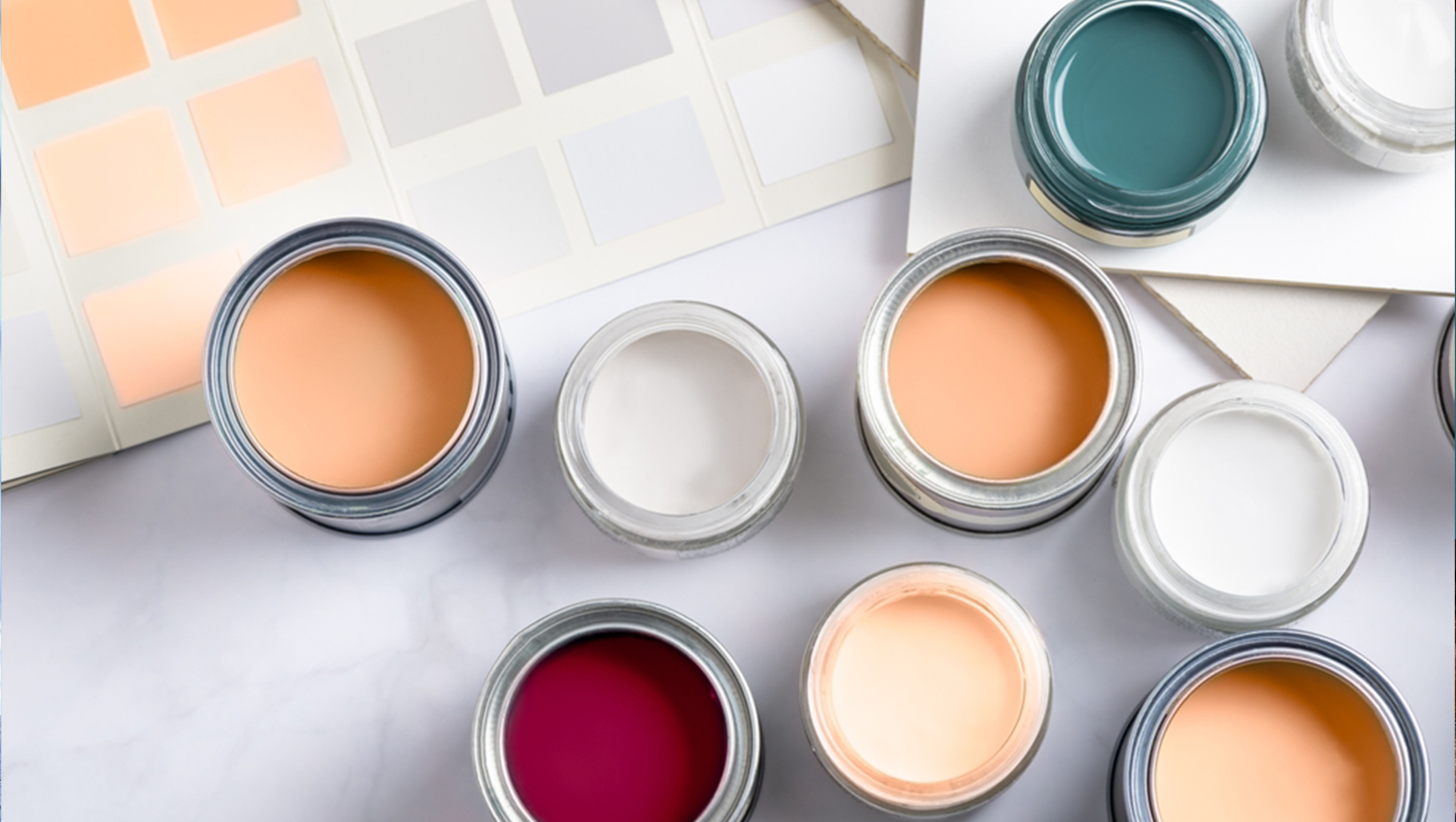Natural stone materials are becoming increasingly popular as a choice to enhance the beauty of homes. Not only are they durable, but they also offer a natural aesthetic that gives an elegant and luxurious impression to walls, both exterior and interior. The variety of natural stone materials provides flexibility for homeowners to choose according to their style and needs.
This article will thoroughly discuss the definition of natural stone materials, their types, the advantages of using them as wall cladding, and the proper installation methods.
Understanding Natural Stone Materials
Natural stone materials are taken directly from nature and processed for various building needs, including wall cladding. They come in various colors, textures, and unique natural patterns, making them an ideal choice for enhancing the aesthetics of buildings. These materials are often used for both exterior and interior walls due to their durability and elegant appearance. Some popular types of natural stones used in Indonesia include marble, andesite, and palimanan stones, each offering distinct characteristics and advantages.
Types of Natural Stone Materials
Natural stone materials come in many types, each with its uniqueness and benefits. Below are some common types of natural stones used for walls:
1. Marble
Marble is renowned for its beautiful veining patterns, providing a luxurious and elegant feel. It is often used on walls or floors to add an exclusive ambiance. Although marble is more expensive, its captivating appearance makes it worth the investment. Black marble is a popular choice for creating an elegant interior look.
2. Andesite Stone
Andesite stone is one of the most commonly found natural stones in Indonesia due to its affordability and resistance to extreme weather conditions. Its rough and natural texture makes it suitable for outdoor areas such as fences or exterior walls.
3. Granite Stone
Granite stone is known for its strength and durability, making it ideal for walls and floors. It has a smooth and glossy texture, creating a modern and elegant impression. Granite comes in various colors, including black, gray, and pink.
4. Templek Stone
Templek stone is recognized for its simple yet elegant appearance. This stone is commonly used for exterior walls or garden areas. Its layered texture gives a rustic and natural charm.
5. Paras Jogja
Paras Jogja is a type of limestone from Yogyakarta. Its clean white color gives a modern and minimalist look. This stone is often applied to interior walls to create a bright and spacious ambiance. It is relatively affordable and easy to install.
6. Candi Stone
Candi stone, with its deep black color, is often used in temples in Central Java. It is highly durable and suitable for areas requiring weather resistance. Candi stone adds an elegant and sturdy impression, perfect for exteriors.
7. Palimanan Stone
Palimanan stone features soft yellow or cream colors, often used to beautify interior and exterior walls. Its smooth texture enhances its appeal, making it an excellent choice for terraces or living rooms.
8. Slate Stone
Slate, or sabak stone, has an interesting texture and comes in shades of gray to black. It is weather-resistant and suitable for outdoor applications. Besides walls, it is often used for roofs and floors.
9. Stacked Stone
Stacked stone is arranged to create an artistic appearance on walls. It is widely used in modern homes to beautify facades or interior walls. This arrangement creates a unique and natural texture that draws attention.
10. Coral Stone
Coral stone is commonly used for garden or pool flooring but can also be applied to walls. Available in various colors and sizes, it can be tailored to the desired design. Coral stone is affordable and provides a natural appearance.
11. Travertine
Travertine has neutral colors, ranging from white to light brown, offering a warm feel to a home. Its smooth texture makes it an ideal choice for interior walls or bathrooms.
Advantages of Natural Stone as Wall Cladding
Natural stone materials for walls provide numerous benefits in terms of durability and aesthetics. Here are some advantages:
1. Weather Resistance
Natural stones are highly resistant to extreme weather changes, such as rain and heat. Using natural stone for exterior walls ensures durability and minimizes damage caused by environmental factors.
2. Refreshing Ambiance
Natural stone materials bring a fresh and natural atmosphere to a home. Stones like andesite and palimanan create a natural vibe that blends with the environment, making the house feel greener and cooler.
3. Natural and Unique Appearance
Each natural stone has unique textures and colors, offering a distinctive look to walls. Their natural characteristics eliminate the need for additional decorations.
4. Easy Installation
Installing natural stone on walls is relatively straightforward, especially with professional help. Stones like stacked stone or templek can be installed with pattern variations, making the process even more appealing.
5. Luxurious and Elegant Look
Natural stones can elevate a home’s aesthetic value with a luxurious and elegant feel. Types like marble and granite provide an exclusive appearance, perfect for modern-style homes.
How to Install Natural Stone Walls Properly
Proper installation ensures that natural stone walls remain durable and do not come loose easily. Here are some steps and tips for strong and long-lasting installations:
1. Prepare the Wall Surface
Ensure the wall surface is clean, even, and dry. Remove dust, dirt, or old paint layers that might reduce adhesive strength. Sanding the surface slightly can improve adhesion.
2. Use Special Adhesives
Natural stones require special adhesives, such as mortar or instant cement, designed specifically for them. These adhesives provide better support compared to regular cement, reducing the likelihood of the stones coming loose over time.
3. Apply Mortar Evenly
Spread the mortar evenly on the wall and the back of the stone. This step ensures that the stone and wall surfaces bond securely.
4. Press Stones Firmly
Attach the stones to the wall with slight pressure to strengthen the bond. Ensure they are arranged according to the desired pattern and use spacers to maintain even spacing.
5. Consider Grout Spacing
Maintain grout spacing of around 3–5 mm. Once all stones are installed, fill the grout lines with mortar for a stronger and neater result.
6. Seal with Coating
Apply a special coating to protect the stones from water, moss, or stains. Coating also enhances the stone’s color and ensures its longevity. Repeat this process every 6–12 months for optimal results.
7. Allow to Dry Completely
Let the adhesive dry completely. Avoid exposing the surface to water or heavy loads for a few days to ensure the mortar securely holds the stones.
Using natural stone as a wall material brings luxury and a natural feel to your home. With various options available, you can match the stones to your home’s style and needs. For a practical yet elegant alternative, you may also consider Vellino granite tiles. Offering a similar look to natural stones, Vellino tiles are easier to install and maintain while preserving the warm and classy aesthetics of your home.
Popular Products
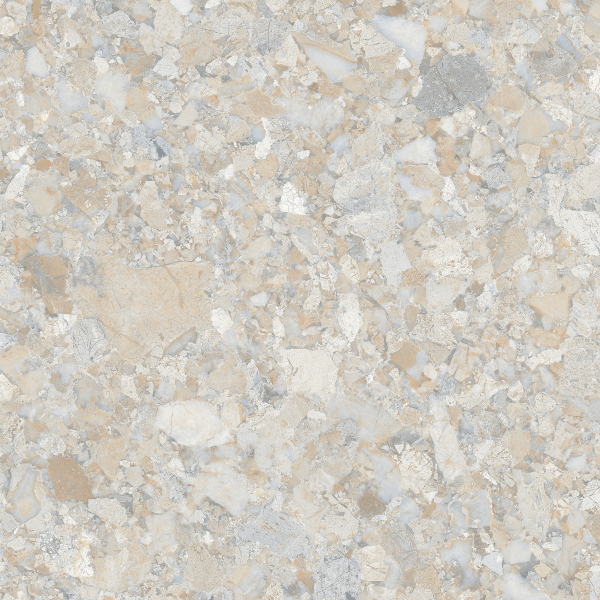
THETA VINCENT BEIGE
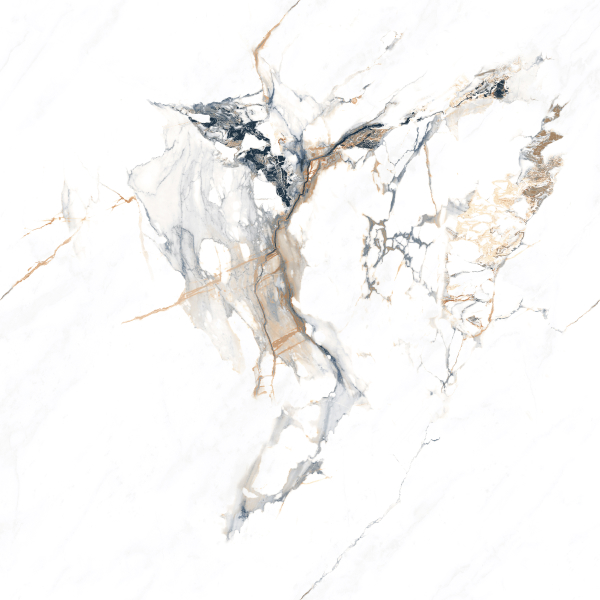
THETA NICOLLI WHITE
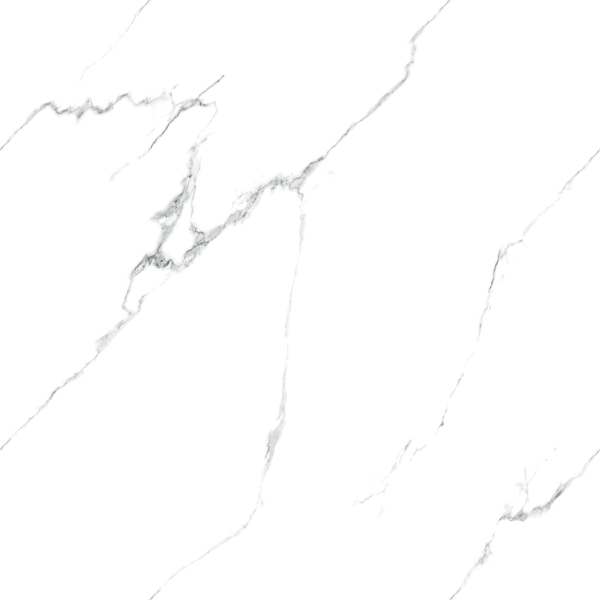
THETA RAFFINATO WHITE
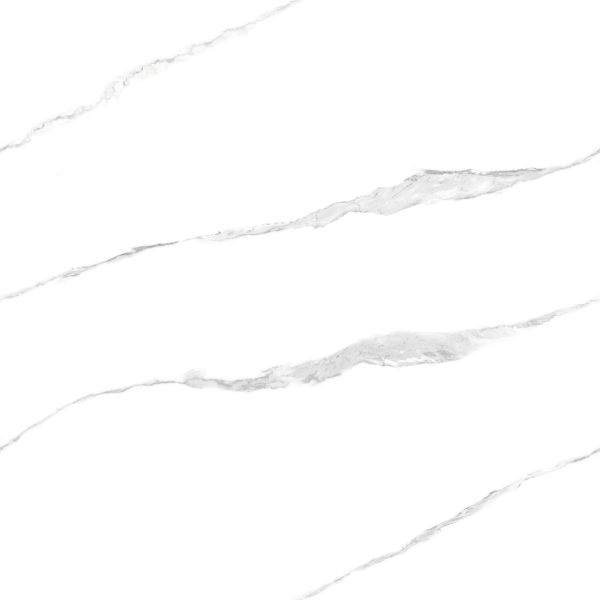
THETA GIARDINO WHITE
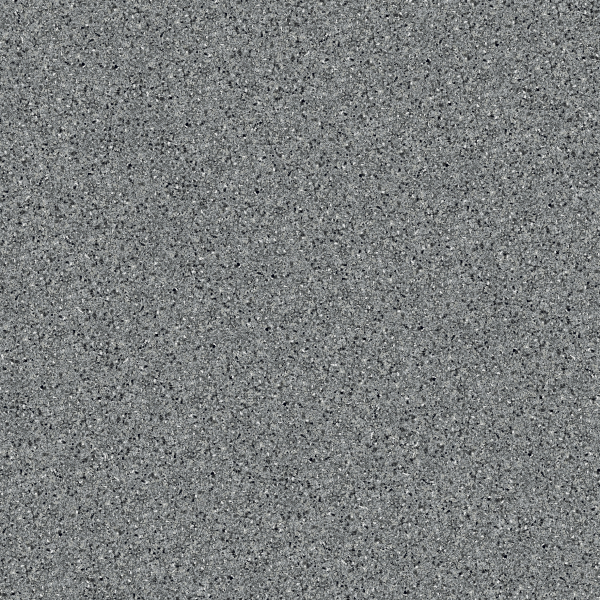
RUSTIC AVIRA CHARCOAL

